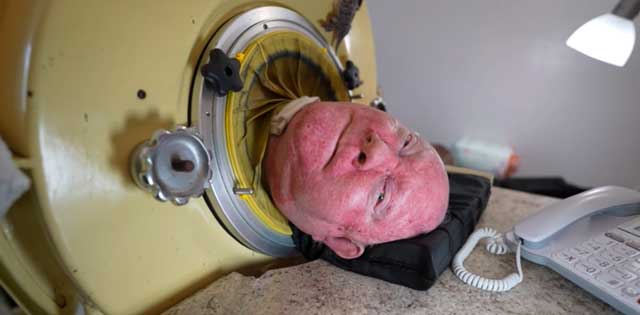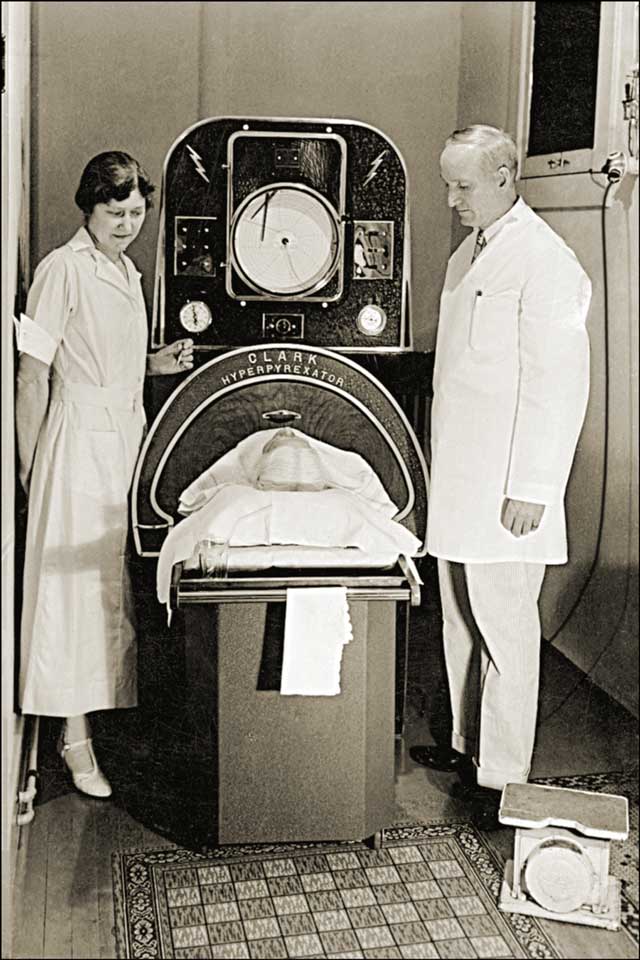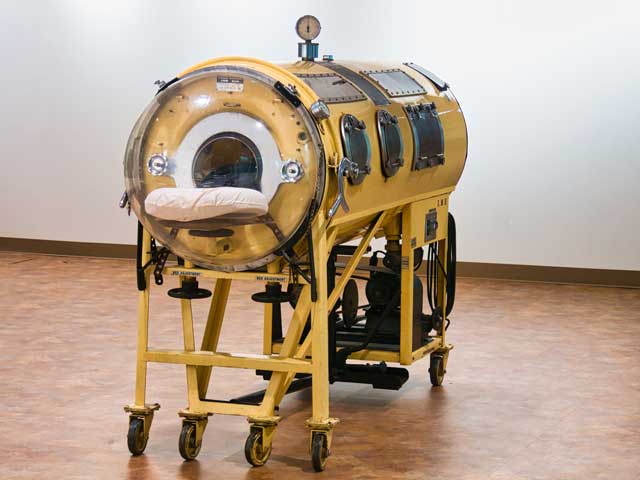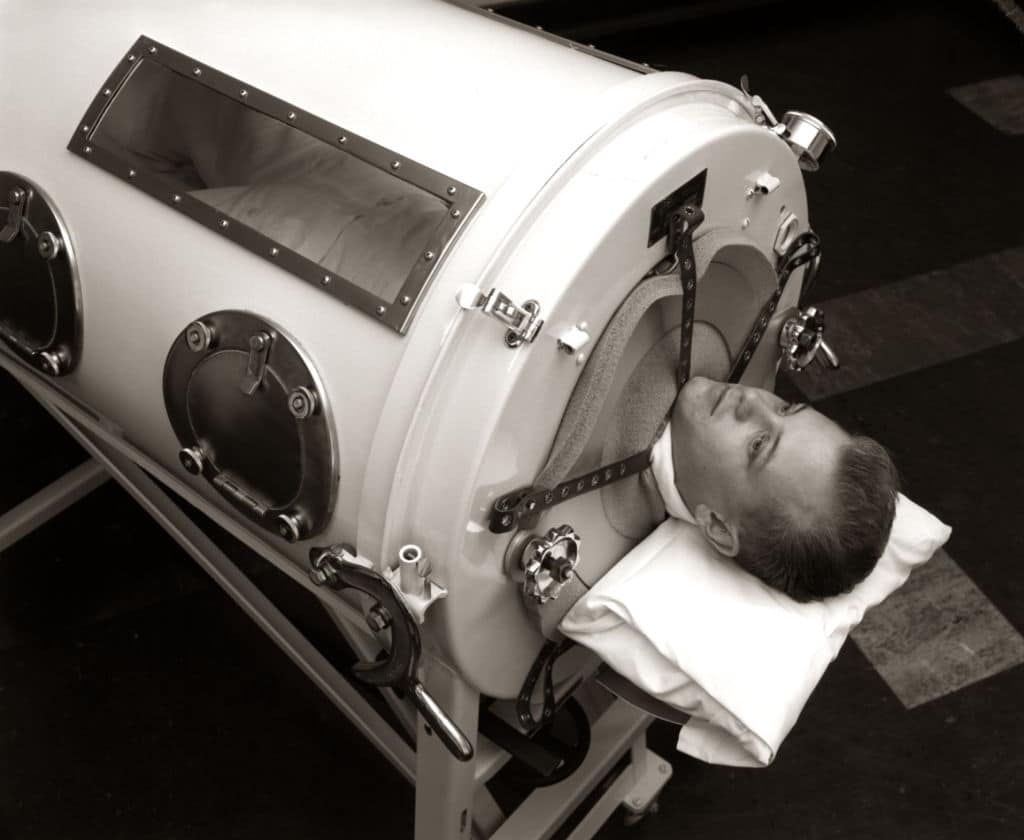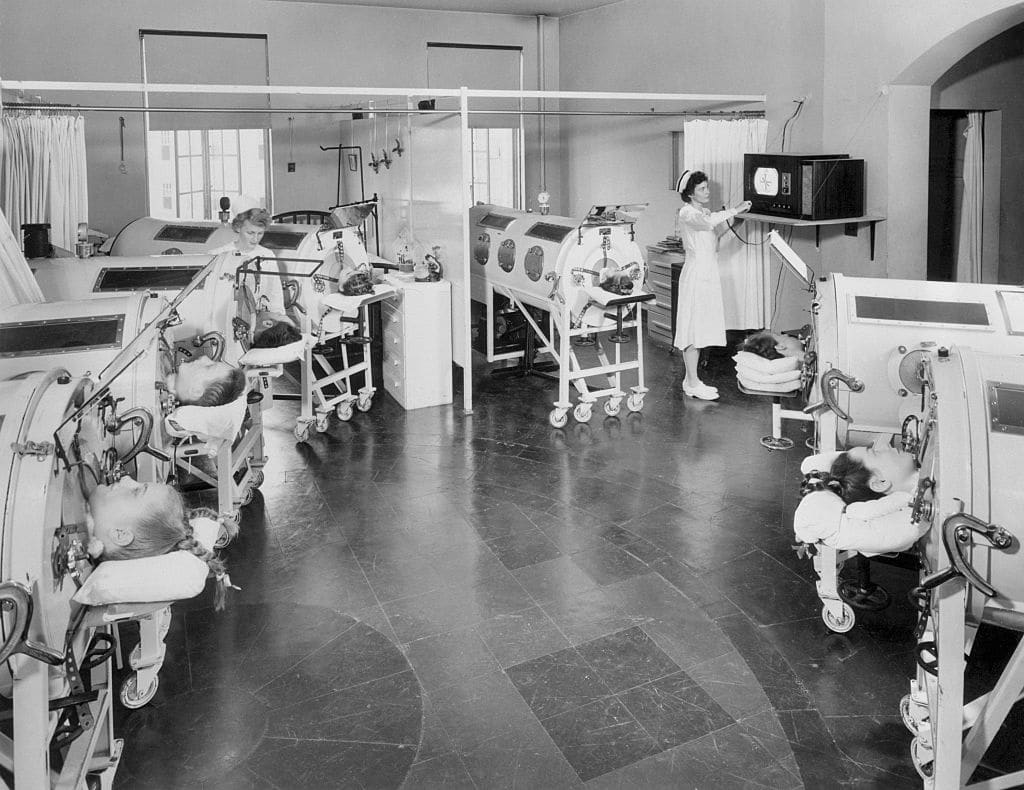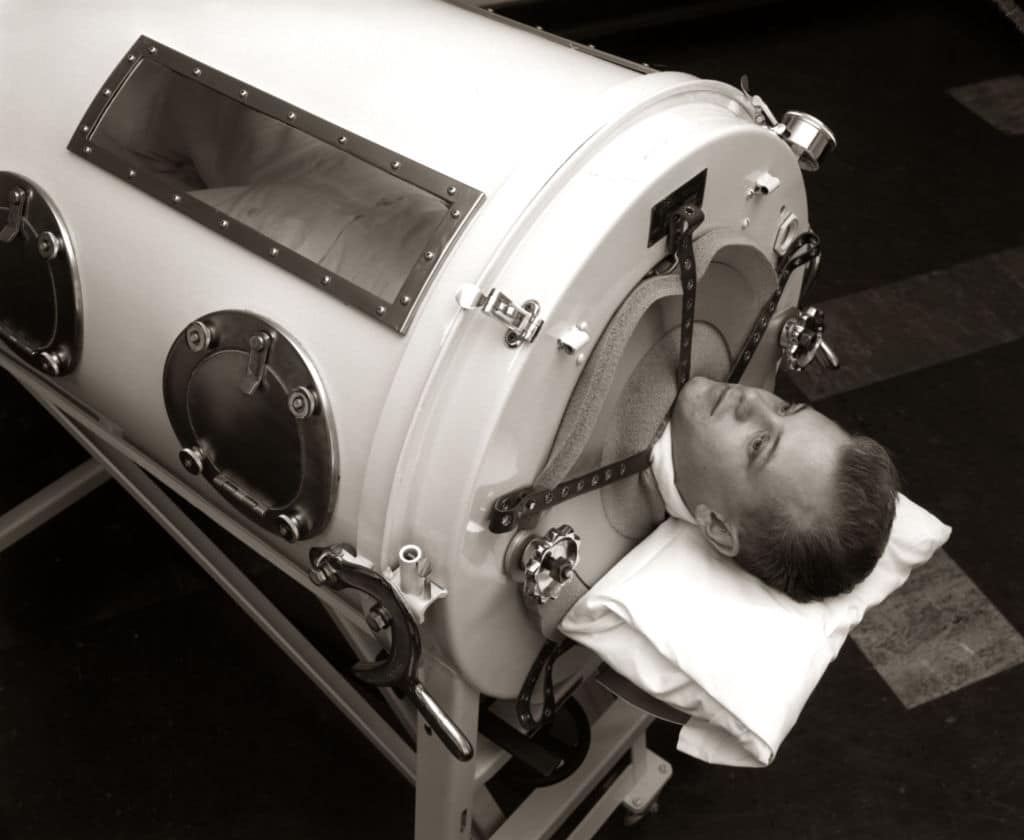Paul Alexander: The Man in the Iron Lung Who Refused to Surrender
Paul Alexander lived a life that defied every expectation. For over 70 years, he depended on an iron lung—a vintage breathing machine from 1928—to survive. Yet, despite spending most of his life inside a metal canister, Paul chose to live boldly and without apology. He became a lawyer, an author, and an enduring symbol of resilience.
“I am not going to accept from anybody their limitations on my life. Not gonna do it. My life is incredible.”
From Active Childhood to Sudden Illness
Paul’s life changed forever at age six. Born in 1946, he was an energetic child growing up in a Dallas, Texas suburb. But one summer day in 1952, he came running home, telling his mother he felt unwell. Within days, his condition worsened. He couldn’t breathe, swallow, or even hold a spoon. His parents rushed him to the hospital, where he joined rows of other children suffering from polio—a highly contagious virus that, before vaccines, paralyzed over 15,000 Americans each year.
Initially pronounced dead, Paul was given a second chance by a quick-thinking doctor who performed an emergency tracheotomy and placed him in an iron lung. He awoke days later, surrounded by children encased in the same whirring machines, unable to move or speak.
Life Inside the Iron Lung
“Is this what death is? Is this a coffin?” Paul recalled asking himself as he adjusted to his new reality. His only means of survival was the iron lung, which created negative pressure to pull air into his lungs. Paul spent the next 18 months in that machine, recovering as best he could in a world that offered few answers and even less compassion.
1952 was the deadliest year for polio in the U.S.—nearly 60,000 cases were reported, with thousands of children dying. Paul wasn’t just lucky to survive; he was determined to thrive. He remembered overhearing nurses say, “He’s going to die today.” Each time, it only fueled his will to live.
Learning to Breathe Again
After his release, Paul began working with a therapist named Mrs. Sullivan. She challenged him to learn “frog breathing”—a technique to temporarily breathe without the iron lung—by promising him a puppy if he could manage three minutes on his own. Within a year, he did it. Eventually, he could spend hours outside the machine.
Becoming a Trailblazer in Education and Law
At 21, Paul became the first person to graduate from a Dallas high school without ever attending class in person. Despite being rejected by multiple colleges, he persisted. After two years of petitioning, Southern Methodist University accepted him—with the conditions that he get vaccinated and a fraternity be assigned to help him.
He later earned his law degree from the University of Texas at Austin, passed the bar, and practiced law for over 30 years in the Dallas-Fort Worth area.
“And I was a pretty damn good one too!”
A Life of Purpose and Passion
Even after retirement, Paul kept busy. He wrote a book—typed using a pen attached to a stick. He traveled, lived in a college dorm, and inspired everyone who met him. Although modern ventilators were available, Paul chose his iron lung. He felt safe in its rhythm, having relied on it since childhood.
When parts became scarce, he turned to collectors and enthusiasts to help him maintain his machine. “I’ve found them in barns, garages, junk shops. Not much, but enough to scrounge parts,” he once explained.
Leaving a Lasting Legacy
In March 2024, Paul Alexander passed away. He was remembered not for the iron lung that encased his body—but for the indomitable spirit that refused to be caged. His brother Philip described him as warm, funny, and fiercely independent.
“To me, he was just a normal brother… We fought, we played, we loved, we partied.”
Paul lived a life of incredible accomplishment. Against overwhelming odds, he chose to lead with joy, ambition, and defiance. He proved that limits are often self-imposed, and that with enough courage, even a life lived inside a machine can be nothing short of extraordinary.
Polio has been nearly eradicated in the U.S. since 1979, yet Paul’s story remains a powerful reminder of the virus’ impact—and the human ability to rise above unimaginable challenges.
